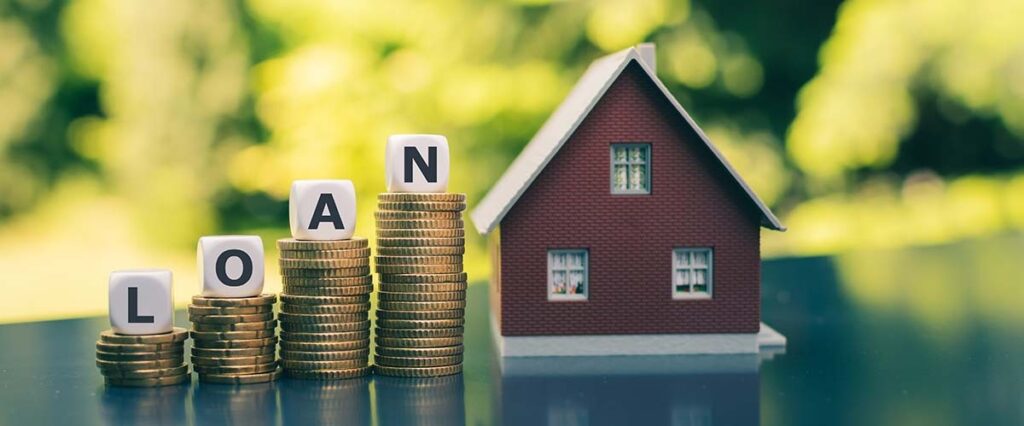Homeownership is Possible with Bad Credit and the options might surprise you. Keep reading to find out more

Today’s market offers a surprising range of home loans for buyers with bad credit. Many lenders provide government-backed FHA and VA loans to those with credit scores starting at 580. Some lenders even offer FHA loans to borrowers with scores as low as 500, though this is less common.
For those with credit scores above 600, options expand further. Conventional mortgages typically require a score of 620, while a score of 680 or higher makes almost any home loan accessible.
Lowest Credit Scores for Home Loans
What Constitutes Bad Credit?
The FICO scoring model generally considers scores below 580 as “poor” or “bad.” Mortgages with credit scores below 620 are often referred to as “low credit mortgages.”
FICO Credit Score Ranges:
- Below 580: Bad credit
- 580 to 669: Fair credit
- 670 to 739: Good credit
- 740 and above: Excellent credit
Some buyers can qualify for home loans with scores as low as 500, depending on the program.
Types of Home Loans for Bad Credit
FHA Loan (Minimum 500 Credit Score)
- Government-backed by the Federal Housing Administration.
- Qualify with a 500 score and 10% down, or 580 score and 3.5% down.
- Generally, higher interest rates but lower than conventional loans.
- Requires upfront and annual mortgage insurance premiums (MIP).
- No risk-based pricing adjustments.
Non-Qualified Mortgage (Non-QM, Minimum 500 Credit Score)
- More flexible criteria for those who don’t meet conventional loan qualifications.
- Higher interest rates compared to other loans.
VA Loan (Minimum 580 Credit Score)
- Available to veterans, active-duty service members, and some military-affiliated borrowers.
- No down payment or ongoing mortgage insurance required.
- Lower interest rates, comparable across credit scores.
- Includes a one-time funding fee.
Conventional Loan (Minimum 620 Credit Score)
- Higher interest rates and fees for lower credit scores.
- Loan-level price adjustments (LLPAs) based on credit score and loan-to-value ratio (LTV).
- Private mortgage insurance (PMI) required for down payments below 20%.
Fannie Mae HomeReady (Minimum 620 Credit Score)
- Designed for low- to moderate-income borrowers with a 3% down payment.
- Reduced rates for PMI.
Freddie Mac Home Possible (Minimum 660 Credit Score)
- First-time home buyer program with a 3% down payment.
- Down payment assistance available.
USDA Loan (Minimum 640 Credit Score)
- For properties in designated rural areas.
- Zero-down payment options.
- Household income must not exceed 115% of the area median income (AMI).
Getting a Home Loan with Bad Credit
But, if you would like for someone to go through your credit report and help with the derogatory items on there, you can do that here.

Improving Your Chances:
- Check Your Credit Report: Use annualcreditreport.com to find and correct errors.
- Dispute Inaccuracies: File disputes for errors like foreclosures or collections.
- Mortgage Preapproval: Clarifies your budget and boosts appeal to sellers.
- Lower DTI and Credit Utilization: Pay down debts to improve ratios.
- Improve Payment History: Make on-time payments to boost your score.
- Consider a Co-Signer: Leverage someone else’s higher credit score.
- Avoid Unnecessary Hard Pulls: Limit hard inquiries to prevent score drops.
- Leverage Home Equity: Consider a HELOC if unable to refinance.
Conclusion
Buying a house with bad credit is possible. You may face higher interest rates, but starting homeownership now allows you to build equity and refinance later as your credit improves. Consulting a mortgage loan officer can help determine the best bad credit mortgage program for you.